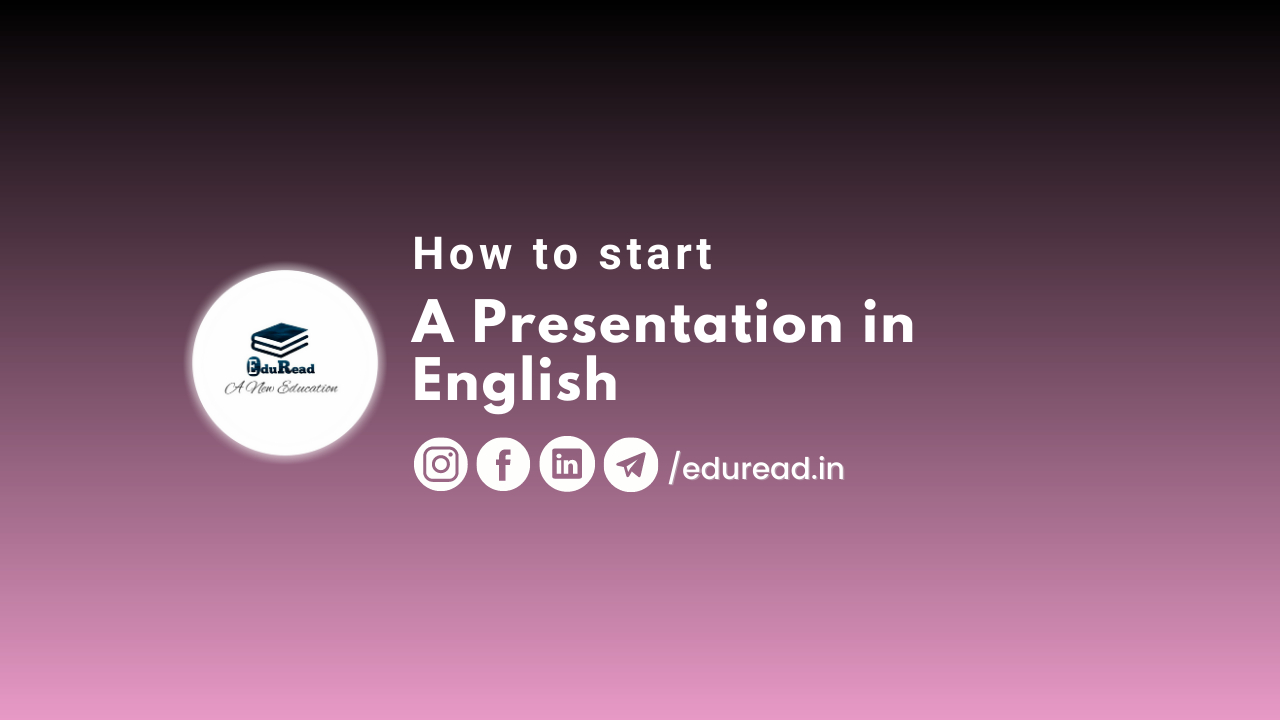When it comes to giving presentations in English, starting strong is crucial. Your opening words can set the tone for the entire presentation, grab your audience’s attention, and establish your credibility as a speaker. But how do you start a presentation in English that will engage your audience and make them want to listen? In this article, we’ll cover some tips and tricks for starting your presentation on the right foot.
Section 1: The Importance of a Strong Opening
As mentioned, the opening of your presentation is critical to its success. A strong opening can:
- Grab your audience’s attention: A dull or uninspiring opening will quickly lose your audience’s attention. You need to hook them right from the start.
- Set the tone: Your opening can establish the tone and style of your presentation. It can be serious, humorous, or anything in between.
- Establish your credibility: Your opening can help establish your credibility and expertise on the topic.
- Preview what’s to come: Your opening can give your audience an idea of what they can expect from your presentation.
With so much riding on your opening, it’s essential to take the time to craft it carefully.
Section 2: Techniques for Starting Your Presentation
Ask a Question
One effective way to grab your audience’s attention is to start with a thought-provoking question related to your topic. This approach can help to pique your audience’s curiosity and get them thinking about the subject matter.
For example, if your presentation is about climate change, you might start with a question like, “Did you know that the world’s temperature has increased by 1.8 degrees Fahrenheit since the late 1800s?” This question sets the tone for the presentation and establishes the topic.
Share a Story
Humans are hardwired to respond to stories, so starting your presentation with a narrative can be an effective way to engage your audience. You might share a personal anecdote related to your topic, or you could tell a story about someone else’s experience.
For example, if your presentation is about the importance of teamwork in the workplace, you might start with a story about a team that came together to accomplish a difficult task. This story can help to illustrate your point and get your audience emotionally invested in your presentation.
Use a Startling Statistic
Starting with a surprising or startling statistic can be an effective way to grab your audience’s attention. This approach works particularly well if the statistic is related to a problem or issue that your presentation will address.
For example, if your presentation is about the dangers of distracted driving, you might start with a statistic like, “In 2019, over 3,100 people were killed in crashes involving distracted drivers.” This statistic immediately establishes the importance of the topic and sets the tone for the presentation.
Make a Bold Statement
Starting your presentation with a bold statement can also be an effective way to grab your audience’s attention. This approach works particularly well if the statement is controversial or goes against common wisdom.
For example, if your presentation is about the benefits of meditation, you might start with a statement like, “Meditation is the most effective way to reduce stress and anxiety.” This statement challenges common assumptions about stress relief and can pique your audience’s curiosity.
Use a Visual Aid
Using a visual aid like a slide or a video can also be an effective way to start your presentation. Visual aids can help to establish the topic and set the tone for the presentation.
For example, if your presentation is about the impact of social media on mental health, you might start with a slide that shows a graph of social media usage over time. This slide can help to establish the topic and set the tone for the presentation.
Section 3: How to Deliver Your Opening
Now that you have some techniques for starting your presentation, it’s time to think about how you will deliver your opening. Here are some tips for making the most of your opening:
Practice Your Opening
Practice makes perfect, so make sure to practice your opening several times before you give your presentation. This will help you to feel more comfortable with your opening and make it easier to deliver it confidently.
Use Eye Contact
Maintaining eye contact with your audience can help to establish a connection with them and make your opening more engaging. Make sure to look around the room and make eye contact with different members of your audience.
Speak Clearly and Slowly
Speaking clearly and slowly can help to ensure that your audience understands what you’re saying and can follow along with your opening. Take your time and enunciate your words clearly.
Use Body Language
Using body language can help to convey your message and make your opening more engaging. Make sure to use open, confident body language and avoid fidgeting or crossing your arms.
Adjust Your Tone and Volume
Varying your tone and volume can help to make your opening more interesting and engaging. You might start with a quieter, more serious tone and gradually increase your volume as you move into the main part of your presentation.
Avoid Cliches
Starting with a cliche like “Webster’s dictionary defines X as…” can make your opening seem unoriginal and boring. Instead, try to come up with a more creative and engaging way to introduce your topic.
Keep it Brief
Your opening should be brief and to the point. Avoid going into too much detail or getting bogged down in background information. Instead, focus on establishing the topic and grabbing your audience’s attention.
Section 4: Examples of Effective Openings
Here are a few examples of effective openings that you might use for your presentation:
Question:
“Have you ever wondered why some people seem to be natural leaders, while others struggle to take charge? Today, I’m going to share with you some of the key traits that make a great leader.”
Story:
“When I was in college, I had a professor who told us a story about a young woman who started a nonprofit organization to help feed the homeless in her community. This story inspired me to get involved in community service, and today I’m going to share with you some of the lessons I’ve learned along the way.”
Statistic:
“Did you know that over 90% of people say that they feel stressed on a regular basis? Today, I’m going to talk about some of the most effective ways to manage stress and take control of your life.”
Bold Statement:
“Contrary to popular belief, public speaking isn’t just a talent that some people are born with – it’s a skill that can be learned and developed. Today, I’m going to share with you some of the most effective techniques for becoming a confident and effective public speaker.”
Visual Aid:
“As you can see from this chart, the number of people using social media has skyrocketed in recent years. Today, I’m going to talk about some of the ways that social media is affecting our mental health and what we can do to protect ourselves.”
Conclusion
Starting a presentation in English can be a challenge, but with the right techniques and practice, you can grab your audience’s attention and establish your credibility as a speaker. Remember to keep your opening brief, use eye contact and body language, and speak clearly and confidently. And most importantly, have fun with it! A confident and engaging opening can set the tone for an enjoyable and informative presentation.
Follow Us for more such content to improve your speaking skills:
To know more, check out here: https://eduread.in/prepositions-of-place-in-on-at-speak-new-york/
And visit us for more.

